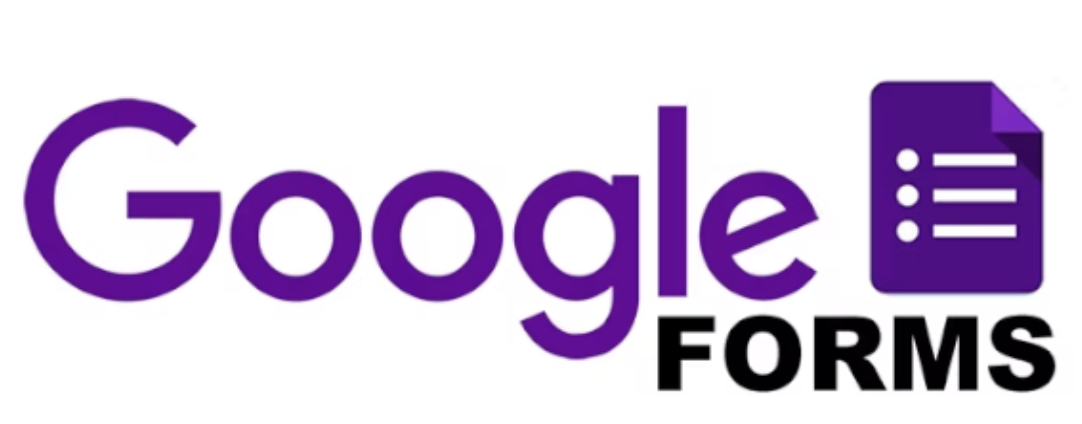
Zurück zum Hub
Blog
Software
The 13 Best Free Survey Tools and Form Builders for 2025:

Mathieu Co-founder
Veröffentlicht am 27. Mai 2025Aktualisiert am 8. Dez. 2025
Let's face it – collecting feedback shouldn't cost you an arm and a leg. Whether you're a startup founder trying to understand your customers, a student conducting research, or a marketing professional at a Fortune 500 company, you need reliable survey tools that won't break the bank.Picture this: You're trying to launch a new product, but you're flying blind without customer insights. It's like trying to navigate a ship in foggy waters without a compass. That's where free survey tools come to the rescue, acting as your North Star in the vast ocean of data collection.In this comprehensive guide, we'll dive deep into the 13 best free survey tools and form builders that can transform how you gather and analyze feedback. From simple contact forms to complex market research surveys, these tools pack enough punch to rival their premium counterparts.
What Makes a Great Free Survey Tool?
Before we jump into our list, let's establish what separates the wheat from the chaff in the survey tool world. A truly great free survey tool should offer:
Intuitive drag-and-drop interfaces that don't require a computer science degree
Multiple question types beyond basic multiple choice
Decent response limits that won't leave you hanging mid-campaign
Basic analytics and reporting to make sense of your data
Reliable data export options for further analysis
Mobile-responsive designs because let's be honest – everyone's on their phones
Think of these features as the essential ingredients in a recipe. Miss one, and your data collection efforts might fall flat like a pancake without baking powder.
The 13 Best Free Survey Tools and Form Builders
1. Google Forms - The Reliable Workhorse

Google Forms is undoubtedly one of the best free online survey tools. It's like the Swiss Army knife of survey tools – simple, reliable, and gets the job done without any fuss.What's Free:
Unlimited surveys and responses
15GB of storage (shared across Google Workspace)
Real-time collaboration with team members
Automatic data sync with Google Sheets
15+ question types including multiple choice, dropdowns, and file uploads
Perfect For: SMBs, educators, and individuals who need quick, simple surveys without advanced customization or analytics
The Catch: Limited design customization and basic aesthetics. If you're looking to create branded, visually stunning surveys, Google Forms might feel like showing up to a black-tie event in jeans.
2. SurveyPlanet - Unlimited Everything

SurveyPlanet offers many free survey tools to everyone; including unlimited surveys, unlimited questions, and unlimited responses. It's like finding an all-you-can-eat buffet that actually serves quality food.
What's Free:
Unlimited surveys, questions, and responses
Pre-built themes and customization options
Skip logic and branching
Mobile-responsive design
Basic analytics and reporting
Perfect For: Small businesses and organizations that need robust features without hitting response limits.
The Catch: Advanced features like custom branding and detailed analytics require a Pro upgrade.
3. Jotform - The Template Powerhouse

Jotform includes over 10,000 templates ready-to-go for pretty much any purpose you can think of. It's like having a personal assistant who's already done 90% of the work for you.
What's Free:
5 surveys with 100 monthly submissions
10,000+ ready-made templates
Drag-and-drop form builder
Basic conditional logic
Payment collection capabilities
Perfect For: Anyone who needs versatile forms for surveys, registrations, detailed questionnaires
The Catch: Limited to 5 surveys with 100 monthly submissions and includes Jotform branding
4. HubSpot - The all-in-one form builder
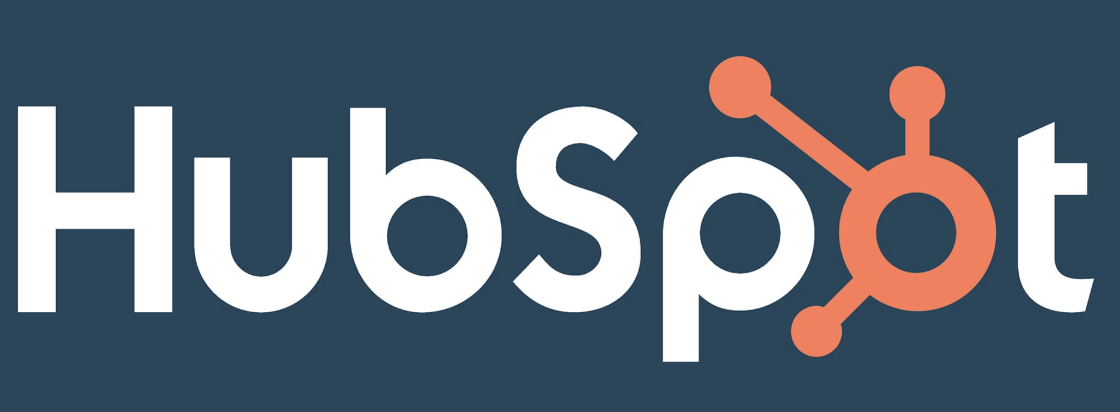
HubSpot offers an online form creation tool that does much more than just collect data: it turns every interaction into a marketing and sales opportunity.
It's like having a personal marketing assistant who works 24/7 without ever taking a coffee break.
What's free:
- Unlimited forms
- Seamless CRM integration
- Intuitive drag-and-drop editor
- Responsive mobile design
- Customizable templates
- Basic analytics
- Built-in GDPR options
Best for: Businesses looking to generate leads and centralize their marketing, sales, and customer service efforts.
The catch: to unlock advanced features such as advanced marketing automation, you'll need to upgrade to a paid version.
5. Typeform - The Conversation Starter

Typeform is especially well-known for its conversational interface. Instead of a long list of questions, survey participants are presented with just one question at a time—much like an everyday conversation.
What's Free:
3 typeforms with 10 questions each
100 responses per month
Conversational interface
Basic logic jumps
Mobile-optimized design
Perfect For: Businesses prioritizing user experience and engagement over quantity.
The Catch: Very limited in the free tier – you'll quickly outgrow it if you're serious about data collection.
6. Microsoft Forms - The Office Integration Champion
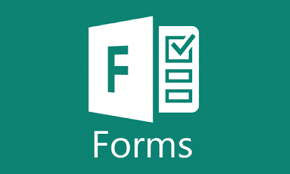
Part of the Microsoft 365 ecosystem, Microsoft Forms seamlessly integrates with other Office tools like Excel and Teams.
What's Free:
Unlimited forms and responses
Real-time collaboration
Automatic charts and analytics
Integration with Microsoft 365
Quiz creation capabilities
Perfect For: Organizations already using Microsoft 365 who want seamless integration.
The Catch: Limited customization options and fewer question types compared to dedicated survey tools.
7. Cognito Forms - The Feature-Rich Alternative

Cognito Forms is a form builder offering a wide range of advanced features, including conditional logic, online payments, and workflow automation.
What's Free:
Unlimited forms
500 entries per month
Advanced conditional logic
Payment processing
File uploads up to 10MB
Perfect For: Small businesses needing advanced functionality without the premium price tag.
The Catch: Entry limits might be restrictive for high-volume data collection.
8. Fillout - The Modern Challenger

Fillout offers a more modern form building experience with generous features on the free tier. It's like the Tesla of survey tools – sleek, modern, and packed with features.
What's Free:
Unlimited forms and fields
1,000 submissions per month
Advanced logic and calculations
50+ integrations
Custom branding options
Perfect For: Those who want a modern, customizable form builder without breaking the bank and need features like data export and logic jumps
The Catch: Newer platform, so it might lack some enterprise-level features of established competitors.
9. Tally - The Notion-Style Builder
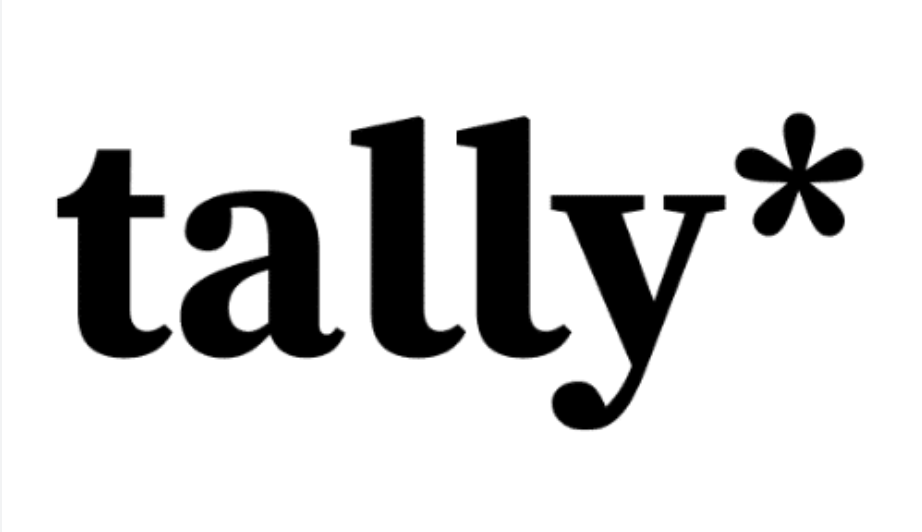
Tally brings a fresh approach to form building with its Notion-like interface and unlimited everything philosophy.
What's Free:
Unlimited forms and responses
No Tally branding
File uploads
Custom domains
Basic integrations
Perfect For: Users who prefer Notion-style interfaces and want professional-looking forms without branding.
The Catch: Limited advanced features and integrations compared to more established platforms.
10. SurveyMonkey - The Industry Standard (Limited Free)

One of the most successful survey solutions around with over 40 million registered customers, though their free plan is quite restrictive
.What's Free:
3 surveys with 10 questions each
40 responses per survey
Basic question types
Limited templates
Perfect For: Quick, one-off surveys or testing the platform before upgrading.
The Catch: Quite limited - you can only ask 10 questions per survey and view 40 responses
11. Qualtrics - The Academic Powerhouse
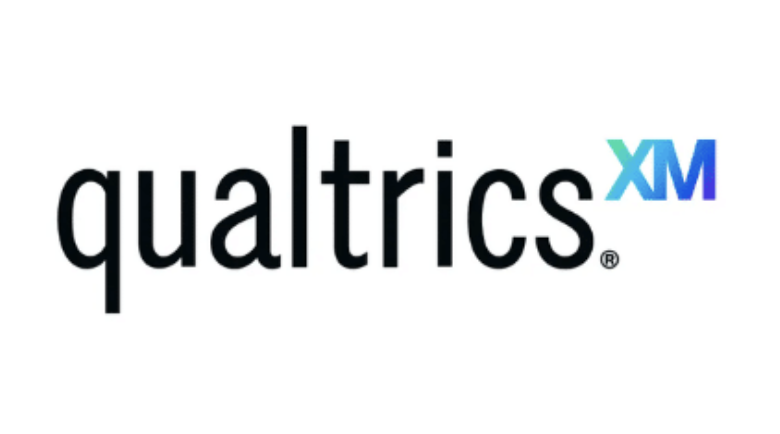
For researchers and academics seeking advanced online survey capabilities, Qualtrics offers powerful analytical tools even in its free version.
What's Free:
3 active surveys
8 question types
500 total responses
30 questions per survey
Advanced analytics
Perfect For: Academic researchers and students who need sophisticated analysis tools.
The Catch: Limited number of active surveys and overall responses.
12. Forms.app - The All-in-One Solution

Forms.app offers a comprehensive suite of form-building tools with a focus on versatility and ease of use.
What's Free:
5 forms
100 monthly submissions
Basic templates
Mobile optimization
Data export options
Perfect For: Small businesses needing basic form functionality with room to grow.
The Catch: Limited monthly submissions might require careful planning for larger campaigns.
13. Formbricks - The Open-Source Alternative

For those who value transparency and customization, Formbricks offers an open-source approach to survey building.
What's Free:
Unlimited surveys
Basic analytics
Self-hosted option
Community support
Custom integrations
Perfect For: Tech-savvy users who want full control over their data and survey infrastructure.
The Catch: Requires technical knowledge for setup and maintenance.
How These Tools Can Supercharge Your Business Growth
Just like Emelia.io helps businesses scale their outreach through strategic email campaigns and LinkedIn prospecting, the right survey tool can be your secret weapon for understanding your audience and optimizing your approach. Think of surveys as the reconnaissance mission before your main outreach campaign – you gather intel about what your prospects actually want before you reach out.For B2B companies using platforms like Emelia.io for cold email outreach, combining survey insights with targeted messaging can dramatically improve response rates. Imagine knowing exactly what pain points keep your prospects up at night before crafting that perfect cold email sequence!(Image: Infographic showing how survey data flows into targeted outreach campaigns)
Advanced Tips for Maximizing Your Free Survey Tools
1. Master the Art of Question Design
Your questions are like the foundation of a house – get them wrong, and everything else crumbles. Here are some golden rules:
Keep it simple, stupid (KISS) – Avoid jargon and complex language
Use the inverted pyramid – Start with broad questions, then get specific
Avoid leading questions – Don't push respondents toward a particular answer
Test before you launch – Run a pilot with a small group first
2. Leverage Conditional Logic Like a Pro
Most free tools offer basic conditional logic. Use this to:
Skip irrelevant questions based on previous answers
Personalize the experience for different user segments
Reduce survey fatigue by keeping it relevant
3. Optimize for Mobile Response
With over 60% of surveys now completed on mobile devices, your forms better look good on small screens. This means:
Short, punchy questions
Large, finger-friendly buttons
Minimal typing required
4. Time Your Distribution Strategically
Like a perfectly timed email campaign, survey timing matters:
Tuesday-Thursday typically see higher response rates
Mid-morning (10-11 AM) or early evening (6-8 PM) are sweet spots
Avoid Mondays and Fridays unless absolutely necessary
Integration Strategies: Making Your Survey Tools Work Harder
Connect with Your CRM
Most free survey tools offer basic integrations with popular CRMs. This allows you to:
Automatically update contact records with survey responses
Trigger follow-up sequences based on feedback
Segment your audience for future campaigns
Just like how Emelia.io seamlessly integrates with various CRM systems to streamline your outreach workflow, your survey tool should fit naturally into your existing tech stack.
Automate with Zapier
Even free tools can punch above their weight when connected through Zapier:
Auto-send survey responses to Google Sheets
Create Slack notifications for negative feedback
Update project management tools based on survey completion
Social Media Distribution
Don't just rely on email distribution:
Create engaging social media posts with survey links
Use LinkedIn polls to drive traffic to longer surveys
Leverage Instagram Stories for quick feedback collection
Common Pitfalls to Avoid (Learn from Others' Mistakes)
1. The "Everything and the Kitchen Sink" Syndrome
Just because you can ask 50 questions doesn't mean you should. Keep surveys focused and respect your respondents' time.
2. Ignoring Mobile Optimization
Creating a survey that looks great on desktop but terrible on mobile is like building a beautiful shop with a broken front door.
3. Forgetting About Data Analysis
Collecting data without a plan for analysis is like filling a bucket with holes. Plan your analysis strategy before you launch.
4. Not Following Up
Surveys aren't fire-and-forget missiles. Follow up with respondents to show you value their input and share how you're using their feedback.
Making the Right Choice: Your Selection Framework
Choosing the right survey tool is like picking the perfect outfit – it depends on the occasion, your budget, and your personal style. Here's a framework to guide your decision:
For Absolute Beginners:
Start with Google Forms or Tally. They're forgiving, have unlimited responses, and won't overwhelm you with features.
For Template Lovers:
Go with Jotform. Their template library is like a treasure trove of pre-built solutions.
For Engagement Seekers:
Typeform creates the most engaging experience, even if the free tier is limited.
For High-Volume Users:
SurveyPlanet or Google Forms offer unlimited responses without breaking the bank.
For Feature Enthusiasts:
Fillout or Cognito Forms pack advanced features into their free tiers.
For Microsoft Users:
Microsoft Forms integrates seamlessly with your existing workflow.
Future-Proofing Your Survey Strategy
The survey landscape is evolving faster than fashion trends. Here's what to watch for:
AI-Powered Survey Creation
Tools are starting to include AI survey features that act like ChatGPT, creating tailored surveys. Just add in your prompt and it will take care of the rest.
Voice and Video Surveys
As technology advances, expect more tools to support voice and video responses for richer feedback.
Real-Time Analytics
The future belongs to tools that can provide instant insights as responses come in, not just after the survey closes.
Privacy-First Design
With increasing privacy concerns, tools that prioritize data protection and GDPR compliance will have a competitive advantage.
Frequently Asked Questions

What's the difference between a survey tool and a form builder?
Think of form builders as the Swiss Army knife – they can create surveys, contact forms, registration forms, and more. Survey tools are more like specialized instruments, designed specifically for market research and feedback collection. Most modern tools blur this line, offering both capabilities.
How many questions should I include in my survey?
The golden rule is: as few as possible, as many as necessary. Most successful surveys have 5-15 questions. Remember, every additional question increases your dropout rate by about 5%.
Can I use free survey tools for commercial purposes?
Yes, most free survey tools allow commercial use. However, always check the terms of service. Some may require attribution or have restrictions on high-volume usage.
How do I increase my survey response rates?
Personalization is key – just like in email outreach with tools like Emelia.io. Other tactics include:
Clear, compelling subject lines
Explaining the "why" behind your survey
Keeping it short and mobile-friendly
Offering incentives when appropriate
Following up (but not too aggressively)
What's the best way to distribute surveys?
Multi-channel distribution works best:
Email (highest response rate for most audiences)
Social media (great for broader reach)
Website pop-ups or embedded forms
QR codes for offline-to-online connection
Direct messaging (for high-value responses)
How do I ensure my survey data is secure?
Choose tools that offer:
SSL encryption for data transmission
GDPR compliance if you're targeting EU residents
Regular security audits and updates
Data export and deletion options
Clear privacy policies
Can I migrate my data between different survey tools?
Most tools allow data export in CSV or Excel format, making migration possible but not always seamless. Plan ahead and choose a tool you can grow with to avoid migration headaches.
What's the best question type for different types of data?
Multiple choice: For categorical data and easy analysis
Rating scales: For measuring satisfaction or agreement
Open-ended: For qualitative insights and unexpected responses
Ranking: For priority identification
Matrix questions: For comparing multiple items efficiently
How often should I survey my audience?
This depends on your relationship with your audience and the value you provide in return. As a general rule:
Customers: Quarterly or after major interactions
Website visitors: Sparingly, perhaps 2-3 times per year
Employees: Monthly pulse surveys, annual comprehensive surveys
Event attendees: Immediately after the event
What should I do with negative feedback?
Negative feedback is gold – it shows you exactly where to improve. Best practices:
Respond quickly and personally when possible
Thank respondents for their honesty
Take concrete action on valid concerns
Follow up to show how you've addressed their feedback
Use it to prevent future issues
Remember, the best survey tool is the one you'll actually use consistently. Start with a free option that meets your immediate needs, learn the ropes, and upgrade when you've outgrown the limitations. Your future self (and your data-driven decisions) will thank you for taking the first step today. Ready to start collecting game-changing insights? Pick your tool, create your first survey, and join the ranks of businesses making decisions based on real data, not gut feelings. Your customers are waiting to share their thoughts

Klare, transparente Preise ohne versteckte Kosten.
Keine Verpflichtung, Preise, die Ihnen helfen, Ihre Akquise zu steigern.
Credits
Können verwendet werden für:
E-Mails finden
KI-Aktion
Nummern finden
E-Mails verifizieren
€19pro Monat
1,000
5,000
10,000
50,000
100,000
1,000 Gefundene E-Mails
1,000 KI-Aktionen
20 Nummern
4,000 Verifizierungen
€19pro Monat
Entdecken Sie andere Artikel, die Sie interessieren könnten!
Alle Artikel ansehenBlog
Veröffentlicht am 5. Apr. 2025
FullEnrich: Bewertungen, Preise und Alternativen, um böse Überraschungen zu vermeiden
 Mathieu Co-founder
Mathieu Co-founderWeiterlesen
Software
Veröffentlicht am 31. März 2025
9 Alternativen zu UpLead, um Ihre Kundenakquise WIRKLICH anzukurbeln
 Niels Co-founder
Niels Co-founderWeiterlesen
Software
Veröffentlicht am 11. Juli 2024
8 Alternativen zu Expandi, um Ihre Akquisitionskosten zu senken
 Marie Head Of Sales
Marie Head Of SalesWeiterlesen
Software
Veröffentlicht am 22. Apr. 2024
Die 5 besten Alternativen zu Dropcontact für eine bessere B2B-Kundenakquise
 Marie Head Of Sales
Marie Head Of SalesWeiterlesen
Software
Veröffentlicht am 14. Juli 2024
6 Alternativen zu Skylead, um Kosten zu sparen und Ihre Lead-Generierung zu verbessern
 Marie Head Of Sales
Marie Head Of SalesWeiterlesen
Software
Veröffentlicht am 4. Juni 2024
Die 6 besten Alternativen zu GetProspect, um Ihre Kundenakquise anzukurbeln
 Marie Head Of Sales
Marie Head Of SalesWeiterlesen
Made with ❤ for Growth Marketers by Growth Marketers
Copyright © 2025 Emelia All Rights Reserved
